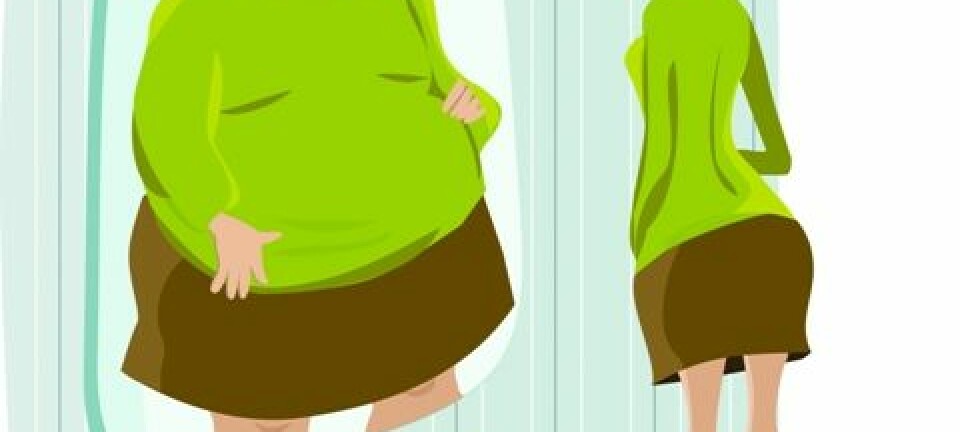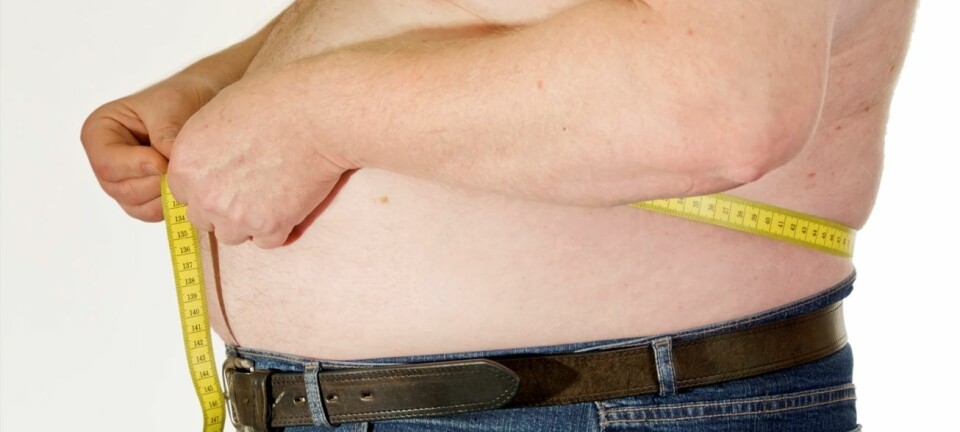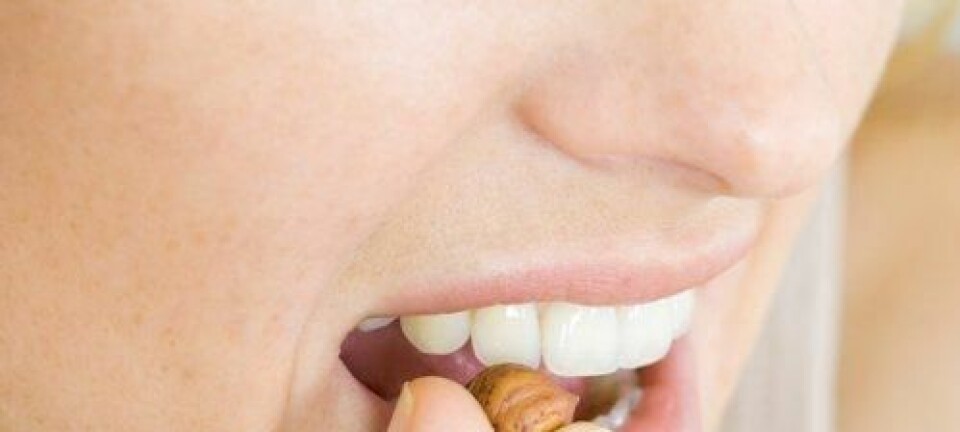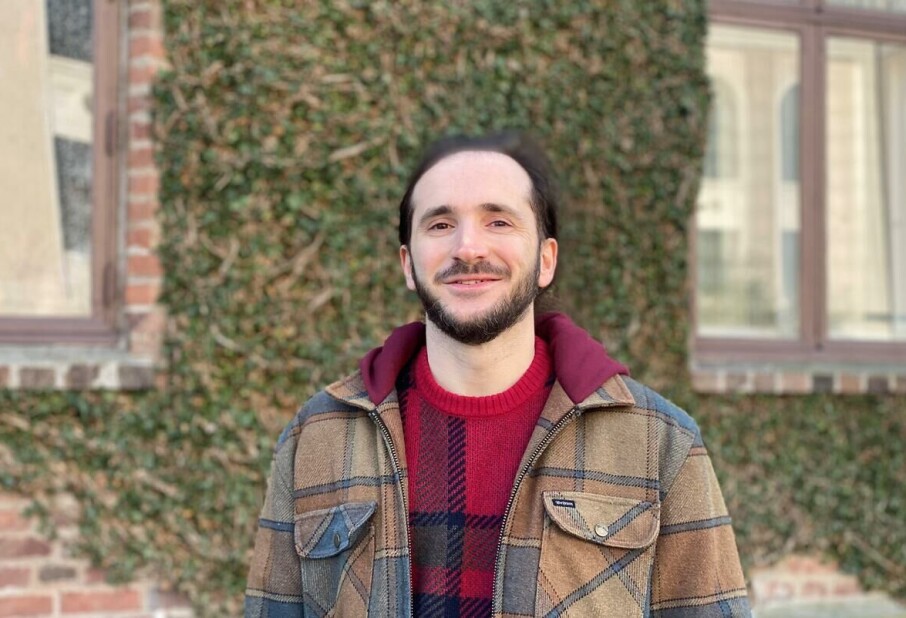
The obese and physically handicapped are as happy with their looks as the fit and slim
People learn to accept their bodies, even if they are far from the ideal body portrayed in commercials and glossy magazines.
Denne artikkelen er over ti år gammel og kan inneholde utdatert informasjon.
There is a strong consensus on what an attractive body looks like – for men and women alike, it's all about being slim and fit from exercising.
Perhaps it's more surprising that the informants in a new study who were the furthest away from this ideal, were no less satisfied with their looks than those who were quite slim and fit.
This suggests that people with strongly deviant bodies grow accustomed to their physical deviance and, to a degree, stop worrying about what others might think of them.
It also suggests that most people find something wrong about their own body images, even if they are 'objectively' attractive.

Mari Rysst and Ingun Grimstad Klepp at National Institute for Consumer Research conducted in-depth interviews with 20 Norwegian men and women. Half of the group was categorised as bodily deviant.
Obese people downplay appearance
When the bodily deviant informants were asked “what's an attractive body or sexy body to you,” they would acknowledge the slim and fit ideal, but stressed that personality traits, charm and charisma were the most important and attractive features.
One overweight woman said she found “men who cared for others to be sexy”. She also said “a good-looking body may just as well be chubby as thin, really. To me it doesn’t matter.”
The study's most obese informant said she has “always had a thing against highly trained people,” adding that she thinks “a sexy body has a lot to do with the personality that shines through.”
Rysst argues that the overweight informants seemed to downplay appearance “to legitimise and normalise their own oversized and untrained bodies,” so they will “feel better about themselves.”
“Some of those whose bodies were obviously too large said they were pretty satisfied,” says Rysst.
“One obese woman had learned to completely ignore her own body and led a life with good confidence and a good job.” This woman ended up with health problems due to her high BMI.
People accept their deviant features
The informants with deviant bodies had either struggled with obesity for years or suffered from burn damages to the skin and physical handicaps such as leg deficiencies.
The SIFO-researchers argue that these informants learned to accept these features as they are difficult and sometimes impossible to change. But beyond their accepted handicaps, they still reflect on shaping their bodies.
Storm, a 30-year-old informant whose skin was severely damaged in a fire injury, said he has become accustomed to his scars and notices other things about his body that he would like to change. He exercises regularly and follows a healthy diet to appear well-built and strong, and worries less about the burn marks.
“One has to accept what it is impossible to do anything about, otherwise things get too difficult,” Storm told the researchers.
Storm and other informants imply that it's harder to live with bodily imperfections if they are malleable.
There's always room for improvement
Informants with average and good-looking bodies appeared to be less satisfied than those with deviant bodies.
“It was surprising to us that those who were rather fit and slim were dissatisfied with their looks,” says Rysst. “But this reflects the society we live in – you can't be too good-looking.”
“There's always some feature that could improve,” said Peter, an 18-year-old informant who exercised regularly and whose body was considered normal. He said a good looking man is one with “narrow hips and broad shoulders and a broad back.”
Magazines and popular culture
Rysst says the ideal body images described by her informants reflect the visual discourse of glossy magazines and contemporary popular culture, which typically feature perfectly styled men and women at their peak physique.
More often than not, the models and celebrities are also airbrushed to a level of perfection that is unachievable in real life.
“I think people are affected by pictures that are displayed in media, advertisements and public space without really knowing it,” says Rysst. “Our ideas of the perfect body is shaped by what we're exposed to, and we're exposed to it no matter if we like it or not.”
Several studies have shown that the bodily perfections in magazines can be detrimental to people’s self-confidence.
Studies at Stanford University and the University of Massachusetts found that about 70 percent of female college students felt worse about their own looks after reading women’s magazines.


































